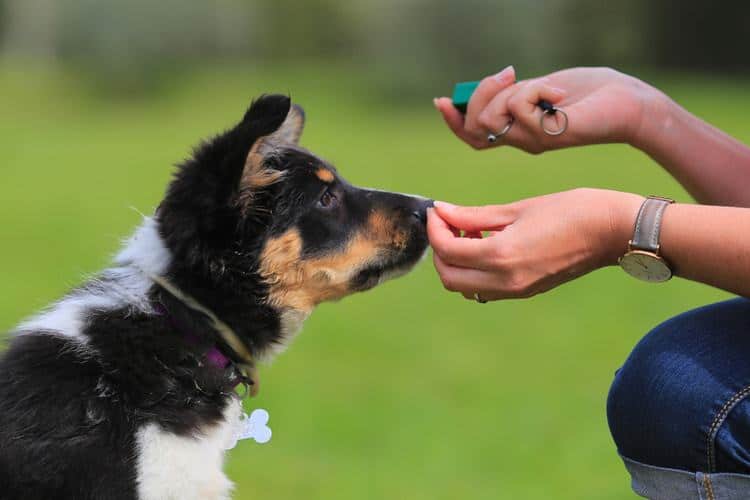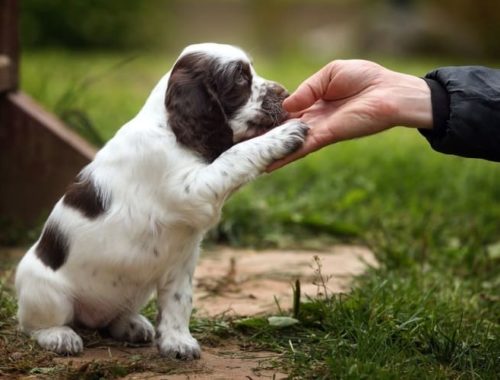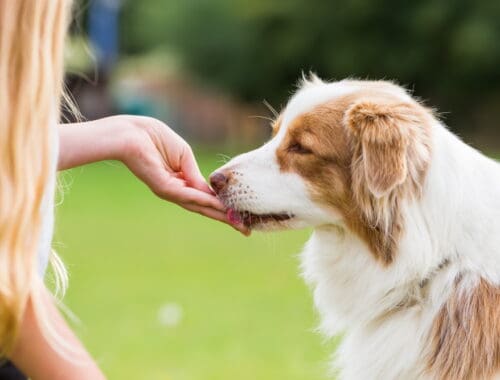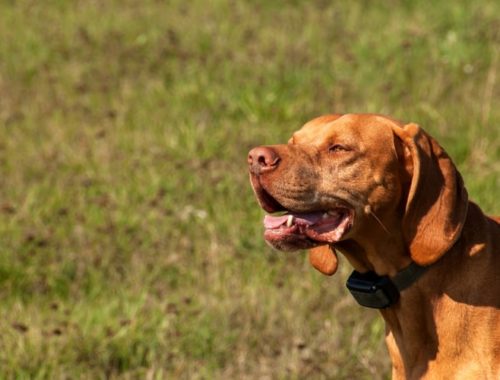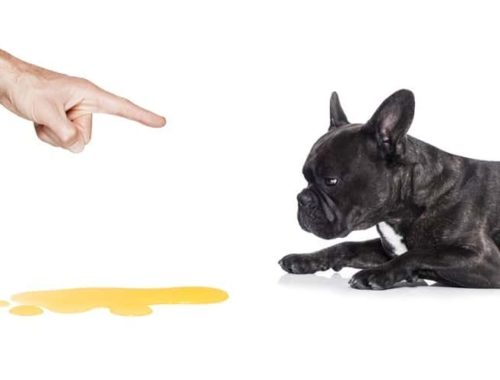Whether you’ve just bought a new puppy or have an older dog who’s been a member of your family for years, choosing the right method of disciplining and training your dog can help you form a rewarding relationship with your pet. But determining how to discipline your dog can be tricky. There are so many methods out there it can be hard to know which one to choose.
To help you get started, here’s our summary of six ways to start effectively disciplining your dog:
Each of these steps can involve a certain amount of effort and research – creating a strong bond with your dog through effective discipline takes time. It’s definitely worth it, though.
Let’s take a look at each of those steps in more detail.
1. Discipline Does Not Equal Dominance
Historically, dominance was a popular method of dog training, which has now been replaced by more modern methods. It’s important to note that while there’s still a lot of information out there recommending training using dominance techniques, these methods are not backed by science and can sometimes end up doing more harm than good.
Using dominance and force when disciplining your dog, including shaking them by the scruff, pinning your dog down, shouting, and using shock collars is unnecessary. In fact, it has been found that these kinds of techniques can actually cause some behavioral problems. These can include increased aggression and anxiety. Instead, disciplining your dog through the use of positive reinforcement is a much more effective method.
2. Use Positive Reinforcement
Positive reinforcement uses rewards to encourage good behavior. The reward can be a treat, praise, play or toys. As well as rewarding positive behavior, you can use vocal cues to interrupt any negative behavior. You can then ask your dog to perform some sort of “positive behavior” instead. Other options for disciplining negative behavior can include withholding rewards, timeouts or moving your dog to a different area of the house.
A wide range of professional organizations use positive reinforcement techniques. This includes the training of police dogs, sniffer dogs, guide dogs and many more, showing that positive reinforcement still means you end up with a disciplined and well-behaved dog. Remember that any method you choose will take a while to perfect, so keep practicing regularly.
3. Concentrate on Timing
Disciplining your dog using positive reinforcement takes time and practice. But the good thing is that it’s a skill anyone can learn. Choosing the right time to reward your dog for their good behavior is critical for this method to work. Many people choose to use something called an “event marker” which makes a specific sound that signals to the dog that they have just performed a positive behavior. You can use a clicker or choose a specific word.
4. Use Praise, Treats, and Toys
Once you’ve decided on a method of discipline using positive reinforcement, you can choose how to reward your dog for their good behavior. If you have a food-motivated dog such as a Labrador, then using treats can work very well. Other breeds might prefer a reward of their favorite toy or lots of praise.
Taking the time to select the most effective reward for your dog will make training so much easier. And remember, it’s okay to mix it up! Your dog might respond well to praise at home, but at the park where there are more distractions, a tasty treat might be a more effective reward.
5. Be Clear and Consistent
Make sure you decide on a set of rules and stick to them. Every family member needs to be aware of the rules and observe them. Maintaining consistency will help you structure your discipline, so your dog learns what to expect and how to behave.
If your trainer has taught a certain sequence in class, be sure to apply this at home as well. It will take a bit of practice, but disciplining your dog using positive reinforcement will soon become second nature. Make sure you set aside some time every day to refine your technique.
6. Attend Training Classes
Attending training classes with your dog can be a great way to keep your discipline techniques effective and up to date. If you live far away from any classes in your area, consider watching YouTube tutorials by a trainer whose methods you like, or invest in a book instead. There are also many online forums designed to help you discuss and refine your discipline techniques. By keeping your methods of discipline consistent and fun, you and your dog will both benefit.
If you need more dog disciplining assistance, make sure to read through our pet training articles.


